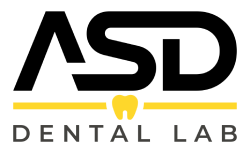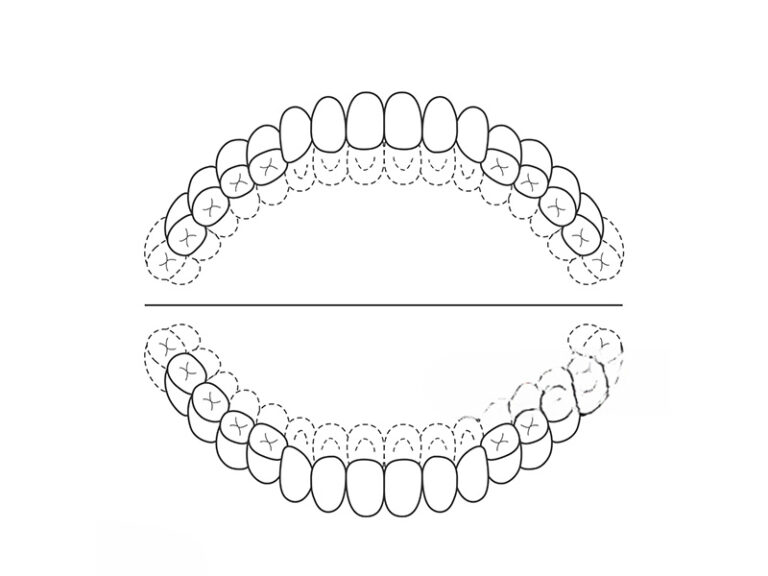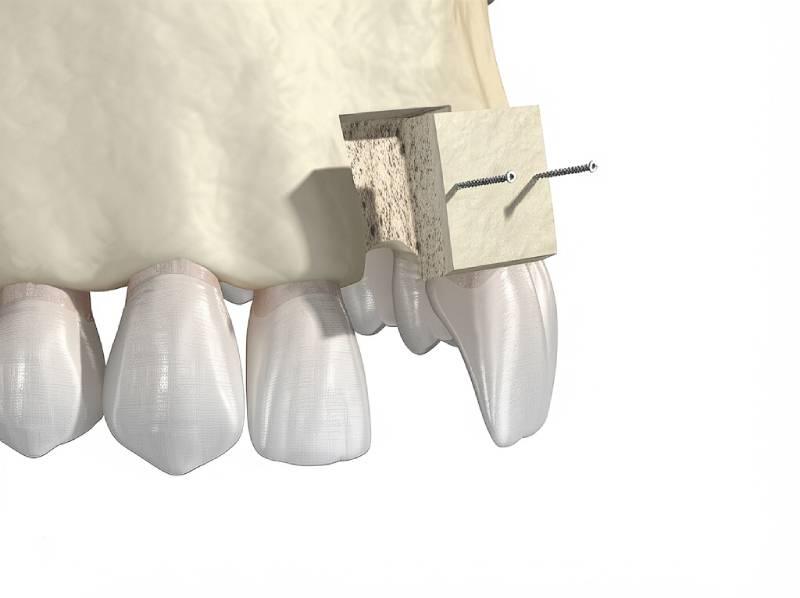
A Practical Guide: How Dental Practices Can Champion Oral Health Education in the Community
Learning how dental practices can boost oral health education in their community brings big benefits. Not only will your neighbors have healthier smiles, but your practice will gain trust, respect, and more happy patients. This article shows you easy ways to get started—from simple things in your own office to bigger community events. Keep reading to find real examples, easy tips, and smart tricks that really help. Whether you run a busy dental clinic or just joined a local practice, these steps can turn you into a real community health helper.
Table of Contents
Why Do Dental Practices Need to Focus on Oral Health Education?
So many people skip regular dentist visits or don’t know how to take care of their mouths. Did you know that over 25% of kids between 2 and 5 already have a cavity? Or that 1 out of 4 grown-ups has a tooth problem they haven’t fixed? That creates big problems for everyone!
If families don’t learn the basics about brushing, flossing, and healthy eating, tiny problems soon become big ones. Gum disease can even lead to heart problems or make diabetes worse. People who are scared of the dentist or don’t trust dentists usually wait until things get really bad and more expensive to fix.
Dental practices can change this. When you lead the way with good patient education, either in your clinic or out in the community, everyone wins. Your practice becomes known as helpful and friendly. Your community gets happier, healthier teeth and smiles.
What Are Simple Ways to Teach Inside the Office?
Make the Waiting Room Useful:
A lot happens before someone even sits in the dentist’s chair. While folks wait, swap out old magazines for bright, friendly posters, tooth pictures, and short videos. Talk about things like how sugar can hurt teeth or the best brushing tricks. Set up a board with a “Toothbrush of the Month” or show the best way to floss. If your office is busy, these little changes can get people thinking about better habits before they even see the dentist.
Let Your Dental Hygienists Teach:
Dental hygienists don’t just clean teeth; they’re great at teaching too. When your hygienists give personal tips—like helping someone brush those tricky back teeth or showing how much toothpaste to use—they make every visit better. Give them big, easy-to-see models and big brushes. Encourage them to answer questions and hand out kit bags with toothbrushes, floss, and a simple fact sheet about teeth.
Hold Easy In-Office Mini-Lessons:
What if you could invite people in even when they don’t have a check-up? Plan a free half-hour meeting for new parents about their child’s first dentist visit, or show how to care for braces or dentures. Offer snacks, small gifts, and time for questions. This builds trust fast.
Internal Links Example:
Find more about patient education in our Dental Health Blog Posts.
How Can Your Dental Team Connect With Local Schools?
The Classic School Visit:
Kids learn habits fast. If your practice does fun, kid-friendly talks at schools, you can help students for life. Bring a giant toothbrush, use tooth puppets, and explain plaque with easy pictures. Share tips about stopping cavities, tell about dental sealants, and warn against too many sweets. Ask fun quiz questions and leave behind simple pamphlets or goodie bags. Teachers will thank you and parents will see you care.
Work with Head Start Programs:
Little ones in preschool and Head Start may miss out on dental care. Bring in lessons about brushing, healthy snacks, and what their first dentist visit is like. Offer free check-ups if you can. This way, you help stop tooth trouble early and show you care about even the smallest kids.
Sponsor Local Kids’ Sports Teams:
Young athletes need more than just mouthguards—they need strong teeth, too. Your practice can give out free or custom mouthguards, explain what to do for a knocked-out tooth, and teach parents how to prevent dental injuries. Put your office’s name on team shirts or banners, and show up at game day with tooth tips and prizes.
What Creative Events Can Reach Families and Kids?
Start a “Brush-a-Thon” or Drawing Contest:
Everyone likes a little competition. Host a school-wide “Brush-a-Thon”—who can brush (the right way) for two minutes? Or run a contest where kids draw a picture of a healthy smile. Winners get stuff like electric toothbrushes or a dentist office tour.
Hold a Free Dental Screening Day:
Work with your community center or church to offer check-ups for things like kids’ tooth decay, gum problems, and mouth cancer. List your event on local calendars and in the newspaper. Hand out “dental report cards” with tips, and make sure everyone gets a free toothbrush and floss. Things like “Give Kids A Smile Day” really work and bring new families to your practice.
Do a Halloween Candy Buy-Back:
After Halloween, set up a spot where kids trade their extra candy for prizes or cash. This brings people to your office, gets you free news coverage, and spreads the word about avoiding cavities.

How Can You Support Seniors and Special Groups?
Seniors: Nursing Home and Assisted Living Visits
Many older people can’t get to the dentist easily. Take your team to local nursing homes to talk about dentures, dry mouth from medicine, and signs of mouth cancer. Hand out clear guides for helpers and do quick check-ups if you can.
Expecting Moms: WIC Clinics and OB/GYN Partnerships
Mouth care matters even before a baby is born. Cavity germs can pass on, and gum problems in pregnancy can lead to health troubles. Team up with baby doctors, WIC, or parent groups to teach about mouth care during pregnancy. Explain how calcium and vitamin D help babies’ teeth grow strong.
Special Needs Individuals:
Work with local agencies to show patients and helpers easy ways and the best tools (like soft toothbrushes) for caring for sensitive mouths. Small changes add up.
What Happens at Free Dental Screening Events?
Hands-On Help:
At a free dental screening, people—especially those without regular care—can get checked for cavities, gum problems, and mouth cancer. This lets your practice find problems early and tell people what to do next. Offer free fluoride, and hand out easy-to-read tooth info.
Follow-Up and Referrals:
After the screening, keep track of who visits your office or needs extra care. This builds trust and can lead to loyal patients.
| Event | What to Offer | Best For |
|---|---|---|
| Free Screening | Check-ups, tips, gift bags | People without regular dentist visits |
| Give Kids A Smile | Sealants, fluoride, brushing tips | Kids and schools |
| Senior Day | Denture checks, cancer checks | Older adults, nursing homes |
Why Are Dental Health Fairs and Workshops Powerful?
Meet More People at Once:
Health fairs are like fun open houses for wellness, with your dental team as the “tooth helpers.” Set up a booth with flossing demos, a big tooth model, and simple info about how oral health connects to diseases like diabetes or heart trouble. Give out fact sheets and free samples.
Connect with Local Businesses:
Give “Lunch and Learn” talks at offices nearby. People get tips about tooth problems and gum health right where they work. It’s a nice way to build goodwill. Ask local pharmacies and doctors to share your flyers for even more reach.
How To Use Your Website and Social Media To Teach More?
Build a “Community Health” Webpage:
Your practice website can be so much more than just bookings. Add easy answers to things like “What’s a dental sealant?” or “How does gum disease hurt your health?” Offer quick guides to download. Use words everyone can understand.
Share Quick Tips on Social Media:
Post short tips (“How to floss in 60 seconds”), answer live questions, or start a “7-Day Brushing Challenge.” During National Children’s Dental Health Month, do contests or share event photos.
Email Newsletters Work Wonders:
Keep your office in people’s minds with regular emails. Share seasonal tips (“Best Easter Treats for Teeth”), talk about upcoming free check-up days, or link to your blog posts.
Internal Links Example:
Check out our Oral Cancer Screening Events for more ways to get involved.
How Can You Measure What’s Working?
Track Key Numbers:
You want to know if your efforts are working. Count how many new patients come from events or contests. Watch website visits or social media follows after each big project. Notice if people mention your community work during appointments.
Ask for Feedback:
After a screening or school visit, send a simple survey. Ask parents, teachers, or friends what went well, what to fix, and what they liked most. Happy stories and good words will help with future programs and build your reputation.
Long-Term Gains:
When you help people outside your office, you get loyal patients who trust you. In time, this turns into more referrals, better word-of-mouth, and a practice that everyone knows and likes.

How Do Other Dentists Succeed in the Community?
Success Story – Halloween Candy Buy-back:
One dental clinic started a Halloween candy buy-back and met over 100 new families at the event. The local news talked about it, and the office’s social media took off with new followers!
Case Study – School Sealant Program:
A group of dentists did a dental sealant day at several schools, and cavities in back teeth dropped by 80%. Parents celebrated the effort, and these practices soon became leaders in local health.
Working with Community Centers:
One practice offered free mouth cancer checks at a town health fair. They found early cancer in someone who had no idea. That patient became a huge fan and sent many new families their way.
What’s the Best Way to Get Started?
Pick One Simple Idea:
You don’t need a big budget or many workers to start. Pick one thing—maybe visit a classroom, try a small senior center lesson, or start a “Toothbrush Tuesday” on Facebook.
Build Friendships:
Talk to local teachers, shops, health groups, or other doctors. Working together makes everything easier and more fun.
Be Consistent:
Do something for your community regularly, even if it’s small. Bit by bit, people begin to trust you, and your practice’s reputation grows.
Frequently Asked Questions
Q: Do I need special tools for community work?
A: Most activities only need stuff you have already—pamphlets, toothbrushes, and a big fake tooth. For a few events, you might want sealant kits or mouthguards.
Q: How do I know my dental outreach is helping?
A: Have a sign-in sheet at events, count new patients who mention your programs, and watch your website and social stats.
Q: Can dental assistants help with teaching?
A: Of course! Dental assistants, hygienists, and even the front desk staff can run lessons, hand out info, and answer simple questions.
Q: Does this help my business, too?
A: Yes! Many families try a practice after meeting the team at outreach events. It’s a great way to build trust and get your name out there.
Key Points to Remember
- Most people in your town need better tooth education.
- You can teach in your office and out in the community.
- Working with schools, older folks, and special groups builds deep ties.
- Events like check-ups and health fairs find mouth problems early and bring in new patients.
- Use your website and social pages to teach even more.
- Check your results to see what’s best.
- Start with one easy step—stick with it and your practice and neighbors will thank you.
References:
- Centers for Disease Control and Prevention (CDC)
- American Dental Association (ADA)
- National Institute of Dental and Craniofacial Research (NIDCR)
- Pew Charitable Trusts
- My Social Practice (stories)
- National Health Interview Survey (NHIS)
- Give Kids A Smile Initiative
- Local health fair reports
For more ways to help or to team up with community groups, visit our Community Dental Health Programs page.
You can turn your dental practice into the heart of a healthier town—one smile at a time!








